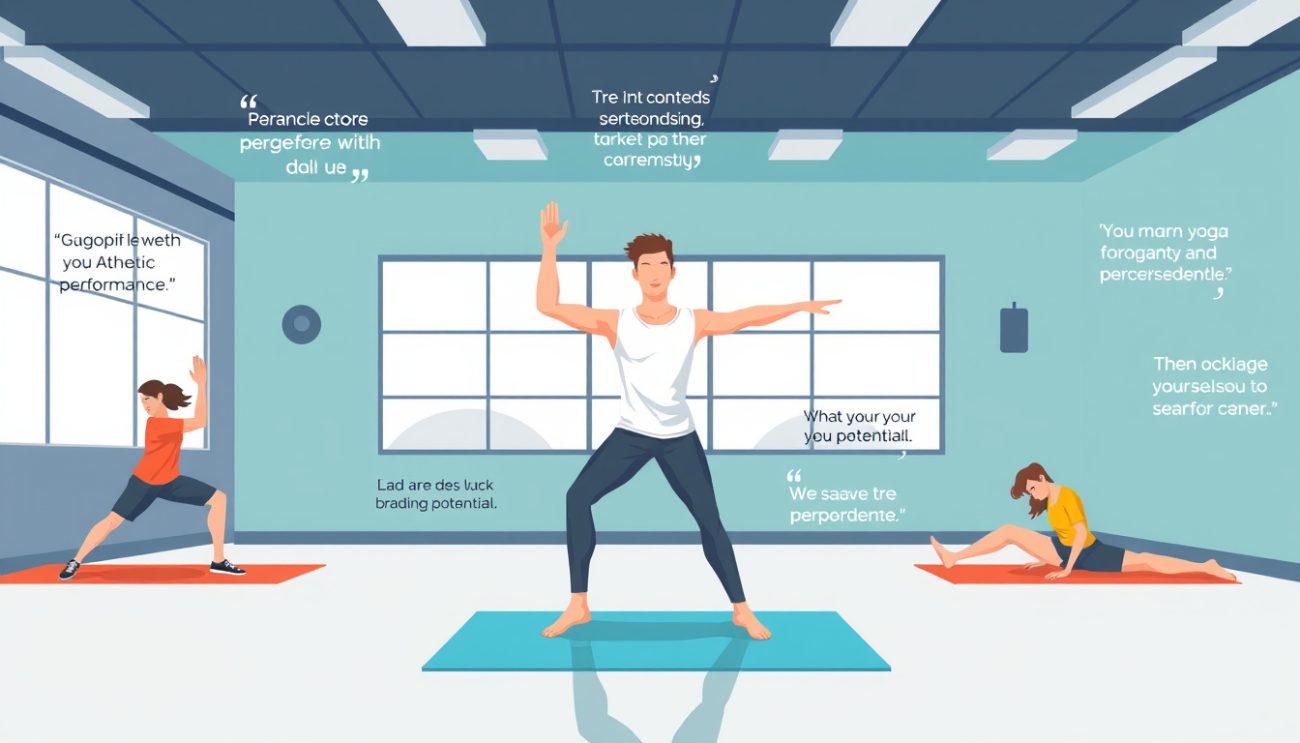Unlock Your Potential: Essential Mobility Drills for Increased Flexibility and Performance
Mobility drills are a fundamental yet often overlooked component of any fitness or rehabilitation program. By enhancing your body's ability to move freely and efficiently, these exercises unlock your physical potential, improve flexibility, and boost

Mobility drills are a fundamental yet often overlooked component of any fitness or rehabilitation program. By enhancing your body’s ability to move freely and efficiently, these exercises unlock your physical potential, improve flexibility, and boost overall performance while reducing the risk of injury. Whether you’re an athlete, a weekend warrior, or simply looking to move better in daily life, incorporating mobility drills can make a remarkable difference. This article explores what mobility is, why it matters, how it differs from related concepts like flexibility and stretching, and presents effective drills to elevate your movement.

Understanding Mobility: What It Is and Why It Matters
Mobility is defined as the ability of a joint to move actively through its full range of motion with control and stability. Unlike flexibility, which refers to the passive lengthening capability of muscles and soft tissues, mobility involves both range of motion and the strength to control that motion. It is a dynamic quality that requires adequate muscle activation, joint health, and neuromuscular coordination.
Good mobility supports everyday activities such as bending, twisting, reaching, and walking without pain or stiffness. Additionally, it is crucial for athletic performance, allowing more efficient and powerful movements. As physical therapist Amy Hutson explains, mobility affects not only performance but also essential day-to-day functions, such as dressing or performing household chores.
Mobility vs. Flexibility, Stretching, and Stability
- Flexibility: The passive ability of muscles to lengthen. For example, the ability to hold a split is a measure of flexibility.
- Stretching: Generally involves static or dynamic elongation of muscles to improve flexibility. Often passive, such as holding a forward fold.
- Mobility: Involves active movement of joints through their range with control, blending flexibility with strength. It enhances performance and joint health over time.
- Stability: The ability to maintain a position or control movement, such as holding a plank or balancing on one foot.
Mobility training focuses on improving the active range of motion while maintaining stability and control throughout movement patterns.
The Importance of Mobility Training
Mobility can decline due to sedentary lifestyles, aging, previous injuries, or repetitive sports-specific patterns, leading to stiffness, discomfort, and an increased risk of injury. Regular mobility work enhances:
- Range of Motion: Joints move more freely, reducing compensatory patterns.
- Muscle and Joint Health: Improved blood flow and neuromuscular function promote healing and resilience.
- Movement Efficiency: Better mobility leads to enhanced posture, athletic form, and reduced compensatory strain.
- Injury Prevention: Increased control and joint health minimize common injuries, especially for runners and athletes.
Importantly, you don’t need to be injured or stiff to benefit. Mobility drills serve as a proactive approach to maintain long-term joint and muscular health.
How to Incorporate Mobility Drills Into Your Routine
Mobility exercises can be performed any time—before workouts as a warm-up, after training to aid recovery, or on rest days for active recovery. Consistency is key, with as little as 5–10 minutes daily or 2–3 times per week yielding noticeable benefits. Start slowly, emphasizing controlled, deliberate movements, and gradually increase frequency and intensity.
Most mobility drills require minimal equipment—just a comfortable mat and your body weight. Props like foam rollers, yoga blocks, or resistance bands can assist but aren’t necessary.
Top Mobility Drills to Unlock Your Movement Potential
Here are essential mobility drills drawn from expert physical therapists and trainers that target key joints and muscle groups for improved flexibility and performance.
1. World’s Greatest Stretch
Targets: Hips, thoracic spine, shoulders
- Start in a high plank. Step right foot outside the right hand into a deep lunge.
- Reach right hand up and rotate the trunk; hold briefly.
- Return and repeat 8–10 times per side.
2. Cat-Cow
Targets: Spine mobility
- On all fours, inhale arching the back (cow), exhale rounding the back (cat).
- Perform 8–10 controlled reps to mobilize the spine.
3. Hip Circles
Targets: Hip joint
- Lying on your back or standing, rotate one leg in circles at the hip joint.
- Perform 5–10 circles in both directions per leg.
4. Downward Dog Hip Opener
Targets: Shoulders, calves, hips, hamstrings
- From plank, lift hips into downward dog position.
- Alternate bending knees and lifting legs to open hips.
- Complete 8 reps per side.
5. Hip-Flexor Lunge
Targets: Hip flexors and pelvis mobility
- Kneel on one knee with the other foot forward in a lunge.
- Tilt pelvis posteriorly; optionally reach arms overhead.
- Hold stretch 10 seconds; repeat on each side.
6. Thread the Needle
Targets: Thoracic spine and shoulder mobility
- On all fours, reach one arm under the opposite side, lowering the shoulder.
- Return and switch sides; perform 6 reps per side.
7. Thoracic Extension on Foam Roller
Targets: Upper back extension
- Lie perpendicular on a foam roller under the upper back, feet flat.
- Extend back gently over the roller, hold, and repeat for 10 reps.
8. Figure 4 Windshield Wipers
Targets: Hip external rotation and lower back
- Lying on your back, cross one ankle over the opposite thigh.
- Lower knees side-to-side slowly; 8 reps.
9. Sky Squat Reaches
Targets: Hips, ankles, thoracic spine
- In deep squat, reach across the body with one hand and reach the opposite arm up.
- Rotate the torso and hold momentarily; repeat 8 times each side.
10. Torso Twists
Targets: Trunk and hip mobility
- Stand with feet shoulder-width apart.
- Twist the torso side-to-side, letting the opposite leg pivot.
- Aim for 10 reps each side.
Final Thoughts
Mobility drills are a powerful tool to unlock your physical potential. Developing controlled, pain-free movement through full ranges not only improves athletic performance but also enriches everyday life by making daily tasks easier and reducing discomfort.
The best approach is to adopt a consistent, varied routine tailored to your body’s needs. Start with foundational drills, listen to your body, and gradually expand your repertoire. Over time, you’ll notice enhanced flexibility, stability, and resilience that contribute to long-term health and vitality.
References
- Physical therapists Amy Hutson, DPT, and Winnie Yu, DPT, CSCS — experts on mobility and joint health
- Samantha Smith, MD, Yale Medicine primary care sports medicine specialist
- Certified strength and conditioning specialist India McPeak, CSCS
Incorporate mobility drills into your daily routine, and watch how your body moves with newfound freedom and strength!



